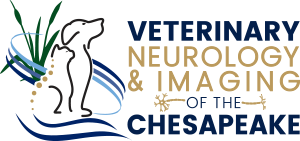Examples of Enhancing Treatment & Care with HBOT: Cardiopulmonary Arrest During Anesthesia
A 10 week old female intact Doberman was presented by emergency referral with a history of cardiopulmonary arrest during anesthesia for an elective surgery. The anesthesia record documented complete cessation of respirations and heart sounds, with heart sounds and pulses returning approximately 3 minutes into CPR, and spontaneous respirations returning after 9 minutes of CPR. Extubation was possible 45 minutes following the arrest. The primary care veterinarian noted ataxia and blindness following recovery. IV fluids and Mannitol were given overnight. The puppy exhibited generalized ataxia and central blindness on neurologic examination the morning after the CPR episode, and was not able to navigate an obstacle course prior to HBOT therapy, but regained the ability to do so without error following two 60-minute HBOT sessions (treatment pressure 1.5 ATA). Two more sessions were given the following day prior to discharge. The patient regained normal mentation, gait, and vision by discharge after two days of hospitalization and HBOT therapy.
HBOT can reactivate “idling” neurons in a functional ischemic penumbra, as observed in clinical human patients, where a redistribution of blood flow from lower flow areas to higher flow areas in the brain is noted on SPECT imaging after HBOT treatment sessions [Reference Jain, K.K. Textbook of Hyperbaric Oxygen Therapy , Hogrefe, 5th Edition, 2009, page 506].
A randomized, controlled study clearly demonstrated HBOT’s beneficial effect on dogs after complete global ischemia [Takashi et al. Hyperbaric Oxygen Therapy Accelerates Neurologic Recovery After 15 Minute Complete Global Ischemia in Dogs. Critical Care Medicine, 1992; Vol 20 No. 11:1588-1593].
© RKLyman, LLC. All Rights Reserved.
